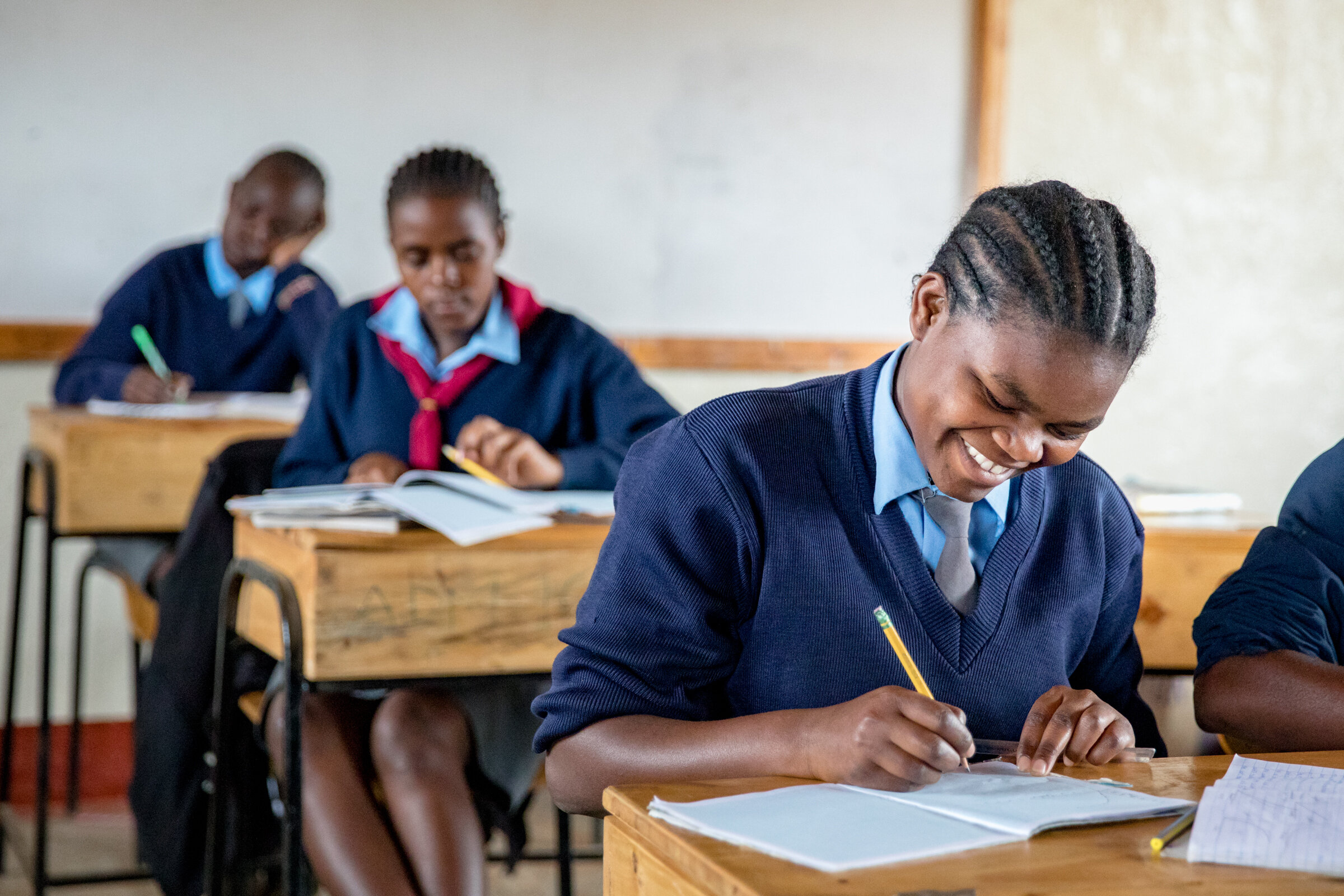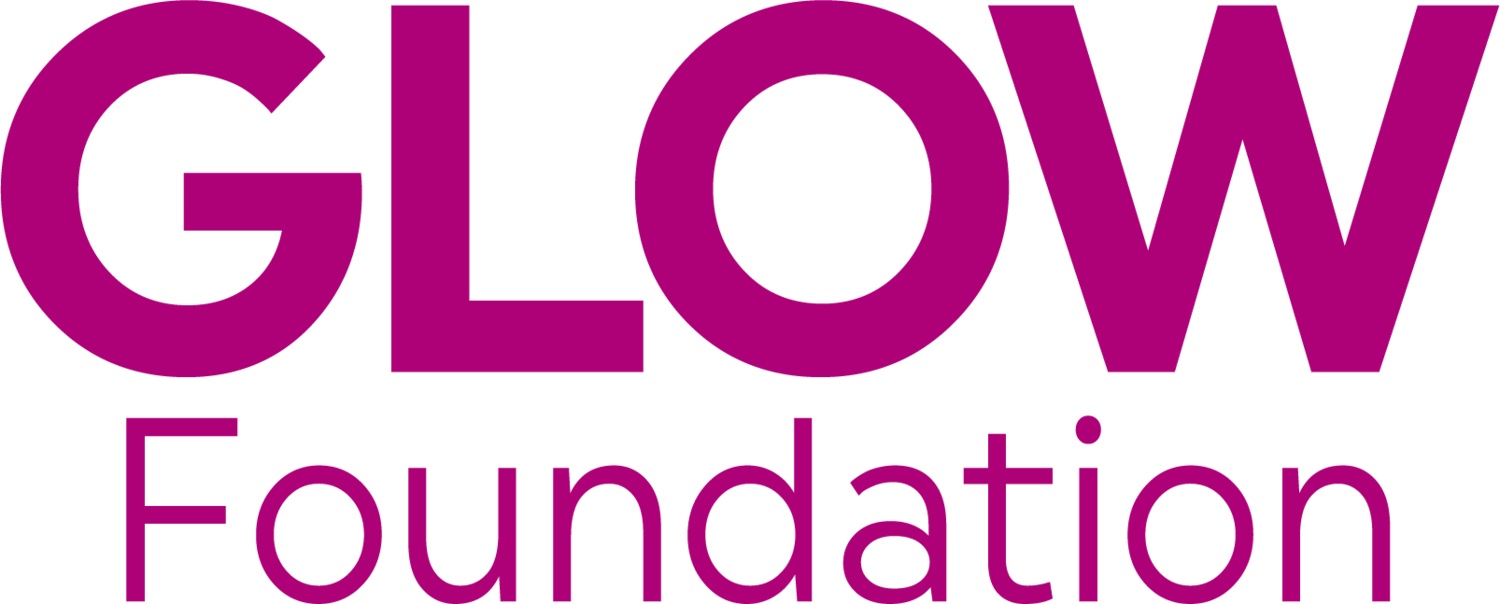
Why Girls?
Issues like gender inequality, domestic violence, forced child marriage, FGM, lack of health care, and other sociocultural issues prevent Kenyan girls from education and reaching their full potential.
Gender Inequality
The limited available money for education is invested in boys.
Educating a boy is typically seen as a safe investment while educating a girl is often viewed as a risk.
Females are expected to provide for families through the collection of a dowry as child brides, collecting water, food preparation, and child care for younger siblings.
Closing the gender gap between women and girls in all spheres of life is urgent globally, particularly in Africa, with girls at risk of being left behind—millions are not in school now, and 4 million may never set foot in a classroom.
Gender inequality and a severe lack of access to higher education for girls perpetuate a lack of opportunities for women.
In Africa, 70% of women are excluded financially and do not have economic agency. The continent has a US$42 billion financing gap between men and women. “Women are responsible for 60% of work done globally yet earn just 10% of income and 1% of the property”. (Global Partnership, 2019)
This is indicative of the sociocultural inequalities that force women to work without pay.
The latest statistics from the World Bank show that fewer than 3% of women in Kenya hold a bachelor’s degree.
Poverty
For girls in Kenya, higher education is
the key to breaking out of poverty.
Higher education for women correlates to economic growth for all. By investing in girls’ education, nations could see their population rise out of poverty with increased economic opportunities.
For each additional year of school, a female in Africa will earn on average 14% more.
In sub-Saharan African countries, 75% of girls initially enroll in primary school, yet only 8% complete a high school education. College education becomes a near impossibility for young women in Kenya.
Health
Young women face a disproportionate amount of health risks and challenges
that prevent them from attending and completing high school.
Around the world, over 200 million women have been forced to subject themselves to the practice of Female Genital Mutilation (FGM).
The United Nations deemed the practice a “violation of the human rights of girls and women”, but FGM remains a serious problem in regions of Kenya.
Education is often referred to as the “social vaccine” against HIV/AIDS. This is because women who attain higher levels of education are drastically less likely than those without education to become infected with HIV/AIDS.
According to UN Women, nearly half a billion women and girls over the age of 15 are illiterate worldwide.
Child Marriage
Education is the cornerstone of life opportunities that enable young women to make informed and safe decisions about themselves and their bodies.
Education empowers girls to escape sociocultural norms like FGM and child marriage. For most, higher education is the only way out of these forced harmful practices.
Every year 15 million girls are married before the age of 18.
In Kenya, child marriage places girls at a high risk of violence and are 48-65% more likely to contract HIV/AIDS.
Why GLOW?
By providing young women with college scholarships, we are reducing poverty, developing young leaders and activists, and creating a more stable environment for future generations.
Without GLOW, the determination of countless girls to make it through primary school and high school, while persevering through unimaginable obstacles, is lost. Only through a college education are GLOW scholars given a way out of poverty and a stable path to a promising future.
The GLOW model supports extraordinary young women to pursue their dreams through our unique scholar program. We remove the barriers to college education and provide a support system of mentors, peers, and valuable workshops on entrepreneurship, personal development, and leadership.
Together, we break the barriers to women’s education.
“What makes GLOW unique is the attention they give to every girl that receives the scholarship. GLOW is tremendous because it’s not only giving them funds and sending them to school but there is close monitoring to see that they are performing well and that they’re living well for maximum results in their college.”
Stephen, GLOW Volunteer
“The potential of GLOW is worldwide, is humongous, is going to change so many lives, and is going to bridge the gap for many women.”
Hellen, GLOW Team Member - Kenya
When You Educate a Girl
RESOURCES: HTTPS://WWW.THEGUARDIAN.COM/OPPORTUNITY-INTERNATIONAL-ROUNDTABLES/2017/OCT/04/GLOBAL-POVERTY-CHILD-MARRIAGE-EDUCATION-GIRLS
(ASLAM, MONAZZA. 2013. EMPOWERING WOMEN: EDUCATION AND THE PATHWAYS OF CHANGE. BACKGROUND PAPER FOR EFA GLOBAL MONITORING REPORT 2013/4. PARIS: UNESCO). HTTPS://WWW.GIRLSNOTBRIDES.ORG/WP-CONTENT/UPLOADS/2017/08/NATIONAL-STRATEGIES-TO-END-CHILD-MARRIAGE-GIRLS-NOT-BRIDES.PDTHE BORGEN PROJECT, TOP TEN FACTS ABOUT GIRLS’ EDUCATION IN KENYA, NOVEMBER 13, 2018, HTTPS://BORGENPROJECT.ORG/TOP-10-FACTS-ABOUT-GIRLS-EDUCATION-IN-KENYA/KING, ELIZABETH, AND REBECCA WINTHROP. 2015. TODAY’S CHALLENGES FOR GIRLS’ EDUCATION. WASHINGTON: BROOKINGS INSTITUTION
BILL AND MELINDA GATES, THE GATES FOUNDATION, GOALKEEPERS: 2019 REPORT, SEPTEMBER 2019, HTTPS://WWW.GATESFOUNDATION.ORG/GOALKEEPERS/REPORT/2019-REPORT/#EXAMININGINEQUALITYHTTP://UIS.UNESCO.ORG/EN/COUNTRY/KE
UNITED NATIONS POPULATION FUND, FREQUENTLY ASKED QUESTIONS ABOUT FEMALE GENITAL MUTILATION, JULY 2019, HTTPS://WWW.UNFPA.ORG/RESOURCES/FEMALE-GENITAL-MUTILATION-FGM-FREQUENTLY-ASKED-QUESTIONSDE WALQUE, DAMIEN. 2004. HOW DOES EDUCATIONAL ATTAINMENT AFFECT THE RISK OF BEING INFECTED BY HIV/AIDS? EVIDENCE FROM A GENERAL POPULATION COHORT IN RURAL UGANDA. WORLD BANK DEVELOPMENT RESEARCH GROUP WORKING PAPER. WASHINGTON: WORLD BANK
HTTPS://WWW.UNAIDS.ORG/EN/RESOURCES/FACT-SHEET
https://www.globalpartnership.org/blog/one-greatest-threats-africas-future-gender-inequality







